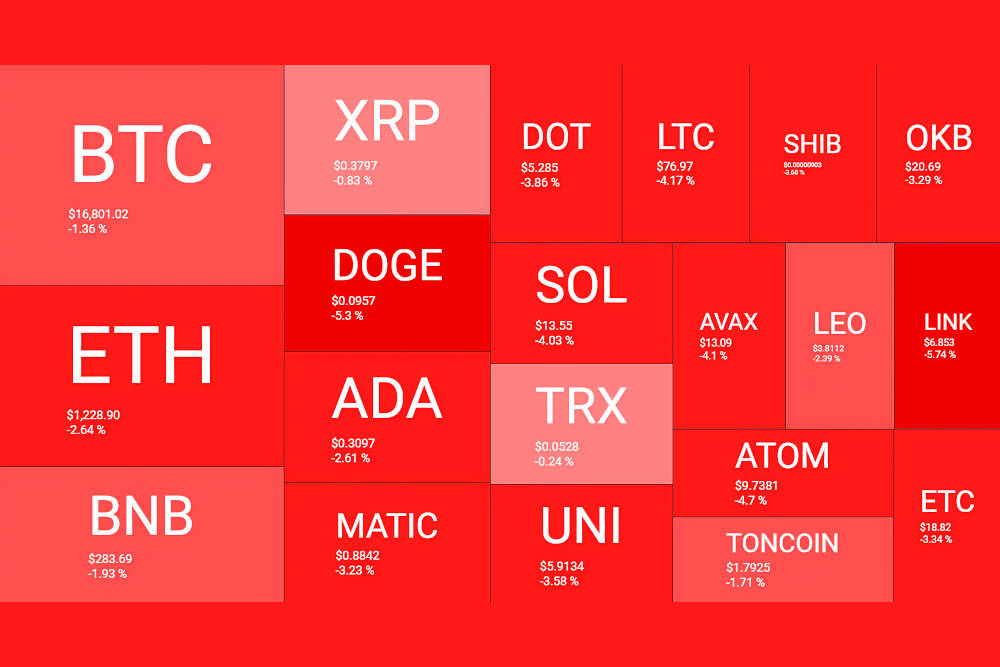
A market shakeout happens when a competitive market goes through a period of intense pressure that forces weaker companies to exit, leaving only stronger, more efficient, or better-positioned companies behind. It’s essentially the “weeding out” phase in an industry.
Here’s a breakdown:
-
Cause:
-
Often occurs after a period of rapid growth or hype.
-
Can be triggered by increased competition, declining demand, rising costs, or new regulations.
-
-
Process:
-
Companies that can’t compete on price, quality, or innovation struggle to survive.
-
Weaker players either go bankrupt, get acquired, or exit the market.
-
-
Effect:
-
The market becomes more stable.
-
Surviving companies gain larger market share.
-
Consumers may benefit from higher quality or lower prices due to consolidation.
-
Example:
In the early 2000s, the dot-com bubble burst. Many internet startups went out of business, while companies like Amazon and eBay survived and eventually dominated. That was a classic market shakeout.
In crypto trading, a market shakeout has a similar concept but happens much faster and often more violently due to high volatility. It’s a sudden move in the market designed—or naturally occurring—to force weaker traders out.
Here’s how it works in crypto:
-
Cause:
-
Rapid price swings (up or down) trigger panic selling or stop-loss orders.
-
Market manipulation can play a role, especially in low-liquidity coins.
-
News events or regulatory announcements can also spark a shakeout.
-
-
Process:
-
Prices may briefly drop sharply (a “bear trap”) or spike suddenly (a “bull trap”).
-
Traders who are over-leveraged or fear losses get liquidated.
-
Stronger traders or whales can then buy in at discounted prices.
-
-
Effect:
-
Weak hands (inexperienced or panicked traders) are removed from the market.
-
The market stabilizes afterward, often leading to a continuation of the trend.
-
For savvy traders, shakeouts can create opportunities to enter positions at better prices.
-
Example:
Bitcoin suddenly drops 15% in a few hours, triggering liquidations of traders using high leverage. After the panic selling ends, BTC recovers and continues its previous trend. That drop was a crypto market shakeout.
Here’s how to identify a market shakeout in crypto charts:
1. Look for Sharp, Sudden Moves
-
A shakeout often shows as a large candlestick on the chart (either green or red) with unusually high volume.
-
Example: A sudden drop in price that quickly recovers suggests weak traders were forced out.
2. Check Trading Volume
-
During a shakeout, volume spikes dramatically.
-
High volume + sudden price move often signals a liquidation event.
-
If the volume returns to normal quickly afterward, it confirms the shakeout rather than a sustained trend reversal.
3. Watch Support and Resistance Levels
-
Shakeouts often break key support or resistance levels temporarily.
-
Traders stop out thinking the trend has reversed, but the market quickly rebounds.
4. Observe Over-Leveraged Positions
-
On platforms like Binance or Bybit, you can see funding rates and liquidations.
-
A sudden surge in liquidations often aligns with a shakeout.
5. Look for “False Breakouts”
-
Price briefly moves above resistance (bull trap) or below support (bear trap) but fails to hold.
-
This traps weak traders who enter late or use excessive leverage.
6. Context Matters
-
Shakeouts usually happen in trending markets, not in fully sideways markets.
-
In an uptrend: temporary dip to scare sellers.
-
In a downtrend: sudden spike to trap buyers before continuation downward.
Tip: The key idea is a shakeout removes weak hands—so if you’re patient and watch volume, you can often spot them before panic traders get burned.
To protect yourself against a crypto market shakeout, the goal is to avoid getting liquidated or panic-selling during sudden moves. Here’s a clear, practical breakdown:
1. Avoid Over-Leveraging
-
High leverage makes you extremely vulnerable.
-
Example: Using 10x or 20x leverage can wipe out your position during a small shakeout.
-
Tip: Stick to low leverage (or no leverage) unless you have strong risk management.
2. Use Stop-Losses Wisely
-
Place stop-loss orders below strong support levels (for longs) or above resistance (for shorts).
-
Avoid placing stops too close; shakeouts often target obvious levels to trigger weak hands.
3. Watch the Volume
-
If you see sudden spikes in volume with sharp price moves, don’t panic.
-
Often these are temporary shakeouts. Wait for confirmation before reacting.
4. Trade With a Plan
-
Decide your entry, target, and maximum loss before entering a trade.
-
Stick to the plan instead of reacting emotionally to short-term volatility.
5. Use Position Sizing
-
Only risk a small portion of your portfolio per trade.
-
Even if a shakeout hits, your losses are manageable.
6. Avoid FOMO (Fear of Missing Out)
-
Shakeouts often happen when traders pile in at highs.
-
If you enter during a hype spike, you’re more likely to get shaken out.
7. Look for Confirmation
-
Don’t assume a breakout or breakdown is real immediately.
-
Wait for multiple candlesticks and volume trends to confirm the move.
8. Keep an Eye on Liquidation Data
-
On platforms like Binance or Bybit, see where whales are triggering liquidations.
-
Avoid entering positions at obvious liquidation points.
✅ Bottom line: Protecting yourself is about risk management, patience, and avoiding emotional trades. Shakeouts happen to the impatient and over-leveraged.
Here’s a step-by-step strategy to protect yourself from crypto shakeouts:
Step 1: Assess Market Conditions
-
Check if the coin is in a strong uptrend or downtrend.
-
Look for recent high volatility spikes—these often precede shakeouts.
Step 2: Decide Your Risk Per Trade
-
Never risk more than 1–5% of your total capital on a single trade.
-
Smaller positions survive shakeouts much better.
Step 3: Choose Low Leverage
-
Use 1x–3x leverage if trading with leverage.
-
Avoid high leverage (10x+), which can get liquidated in minor shakeouts.
Step 4: Set Smart Stop-Losses
-
Place stops just beyond strong support/resistance levels, not at obvious “easy hit” points.
-
Give your trade room to breathe to avoid being stopped out by a shakeout.
Step 5: Watch Volume and Candlestick Patterns
-
Shakeouts often show spikes in volume and large candlestick wicks.
-
If you notice a sudden drop/spike with high volume, don’t panic—wait for the candle to close and confirm the move.
Step 6: Scale Into Positions
-
Don’t go all-in at once.
-
Buy or sell gradually, so if a shakeout occurs, you’re not fully exposed.
Step 7: Avoid Trading During FOMO
-
Shakeouts often happen when everyone is piling in or out.
-
If the price moves extremely fast, step back and watch instead of reacting emotionally.
Step 8: Monitor Liquidations (Optional)
-
Platforms like Binance and Bybit show real-time long/short liquidations.
-
Large liquidations often indicate a shakeout is happening. Use it to gauge market strength.
✅ Key Takeaway
-
Patience + risk management + observation = surviving shakeouts.
-
Never chase a trend blindly, and don’t let small dips or spikes force you out.
War dieser Artikel hilfreich für Sie? Bitte teilen Sie uns in den Kommentaren unten mit, was Ihnen gefallen oder nicht gefallen hat.
Haftungsausschluss: Die oben genannten Inhalte dienen ausschließlich zu Informations- und Bildungszwecken und stellen keine Finanz- oder Anlageberatung dar. Recherchieren Sie stets selbst und ziehen Sie die Beratung durch einen zugelassenen Finanzberater oder Buchhalter in Betracht, bevor Sie finanzielle Entscheidungen treffen. Panaprium übernimmt keine Garantie, Bürgschaft oder Billigung der oben genannten Inhalte und ist in keiner Weise dafür verantwortlich. Alle hier geäußerten Meinungen basieren auf persönlichen Erfahrungen und sollten nicht als Billigung oder Garantie bestimmter Ergebnisse angesehen werden. Investitions- und Finanzentscheidungen bergen Risiken, über die Sie sich im Klaren sein sollten, bevor Sie entscheiden.
About the Author: Alex Assoune
Wogegen Wir Kämpfen
Weltweit-Konzerne produzieren in den ärmsten Ländern im Übermaß billige Produkte.
Fabriken mit Sweatshop-ähnlichen Bedingungen, die die Arbeiter unterbezahlt.
Medienkonglomerate, die unethische, nicht nachhaltige Produkte bewerben.
Schlechte Akteure fördern durch unbewusstes Verhalten den übermäßigen Konsum.
- - - -
Zum Glück haben wir unsere Unterstützer, darunter auch Sie.
Panaprium wird von Lesern wie Ihnen finanziert, die sich unserer Mission anschließen möchten, die Welt völlig umweltfreundlich zu gestalten.
Wenn Sie können, unterstützen Sie uns bitte monatlich. Die Einrichtung dauert weniger als eine Minute und Sie werden jeden Monat einen großen Beitrag leisten. Danke schön.



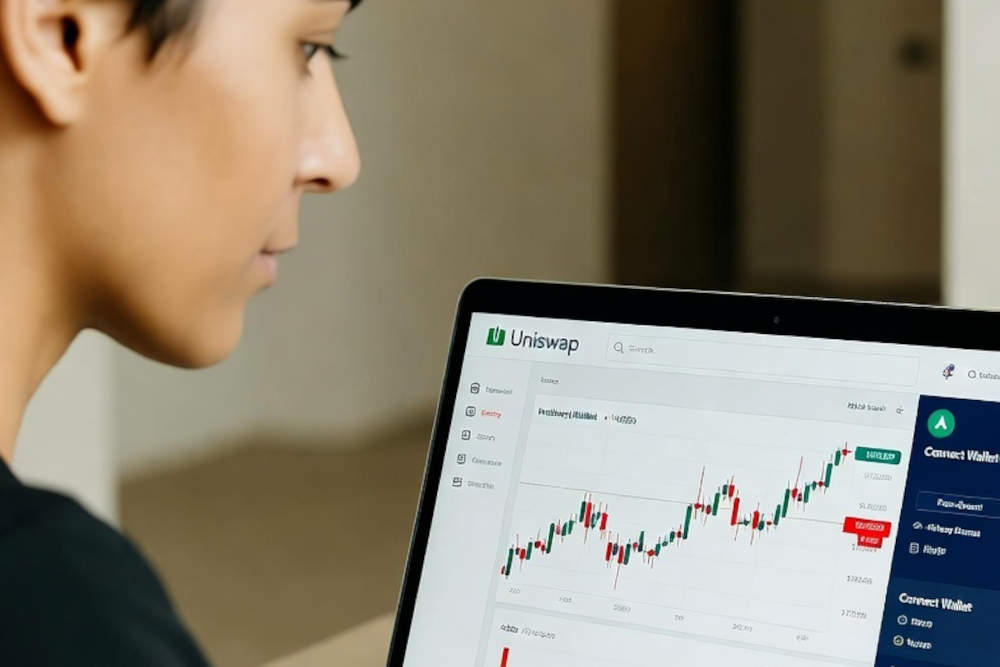

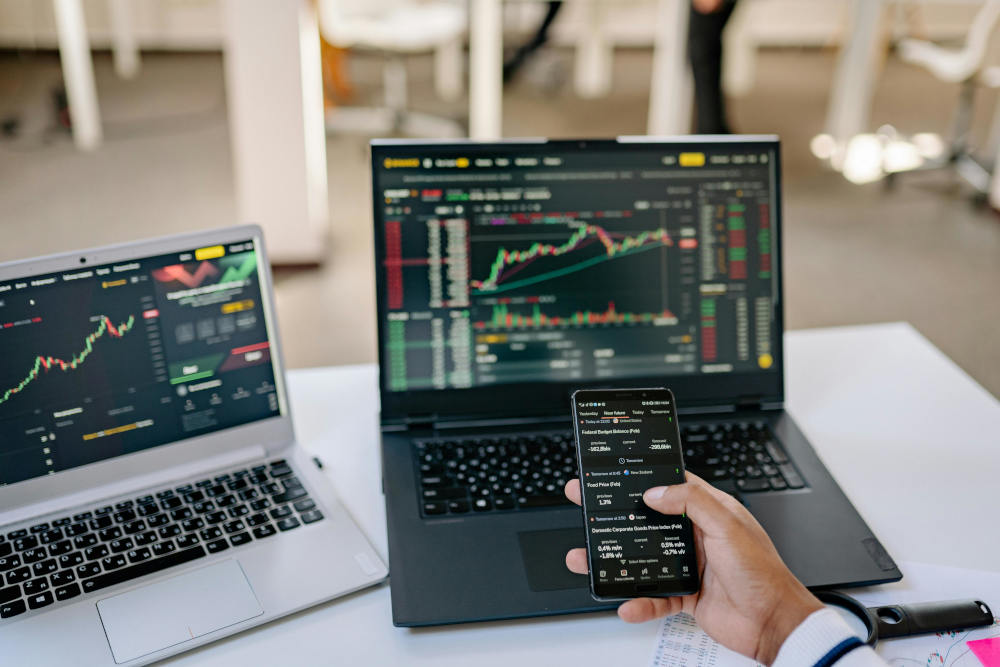
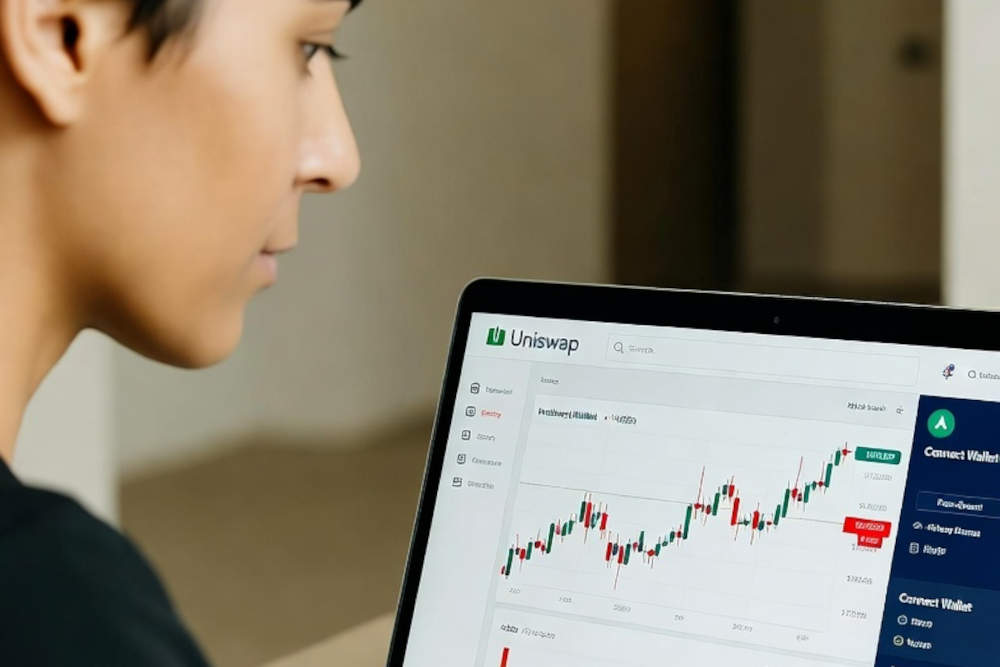

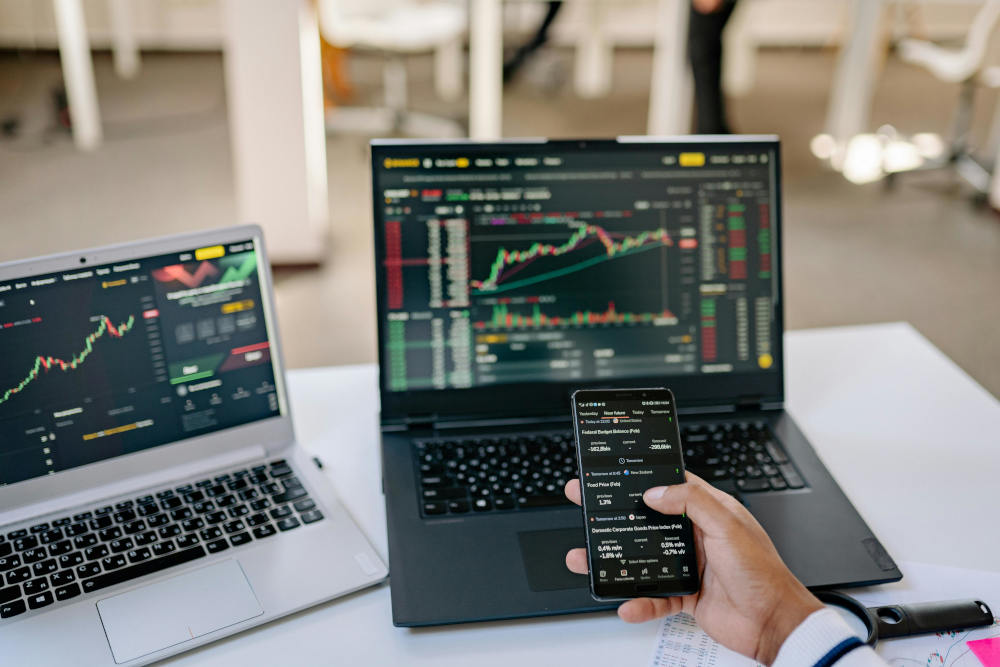
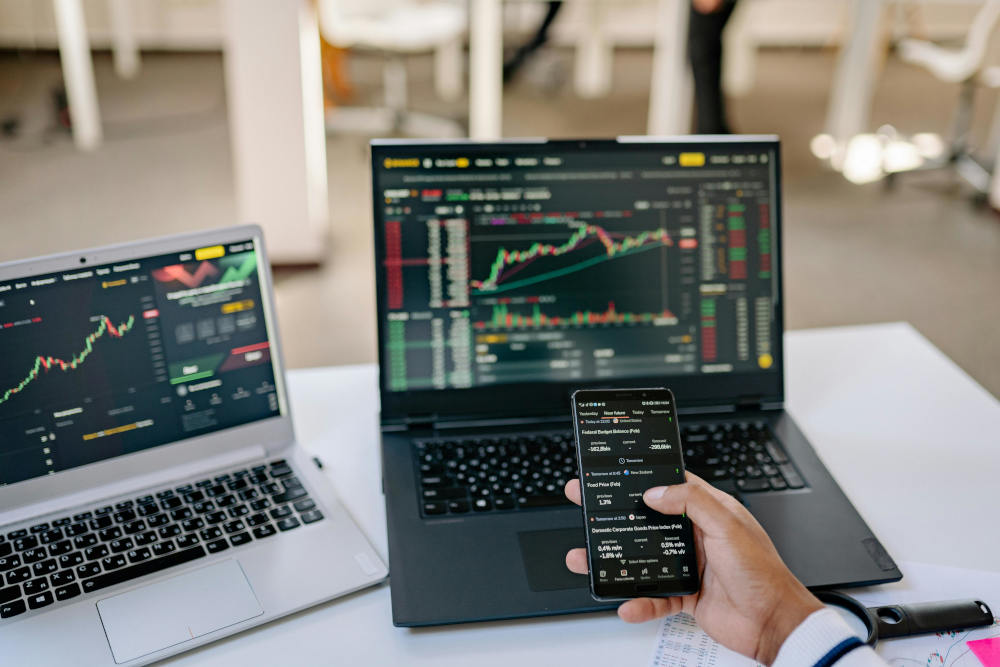









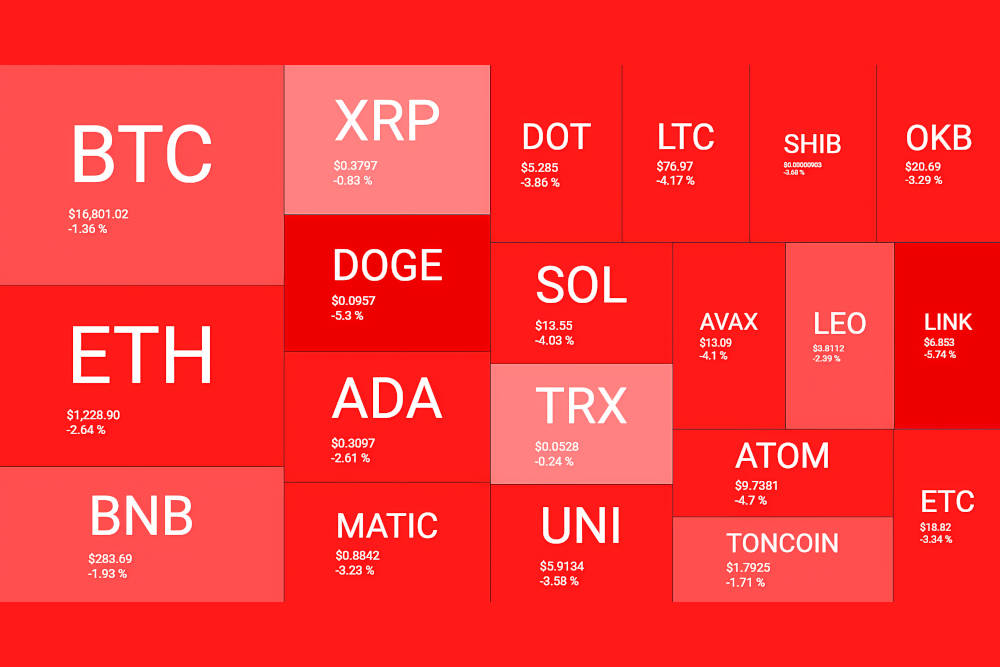







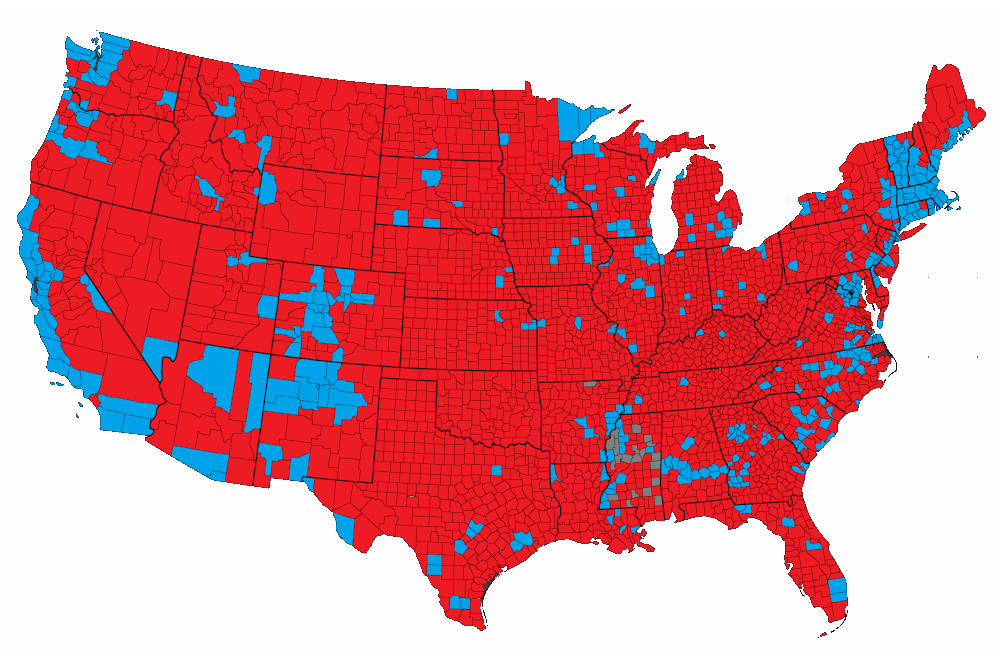




0 Kommentare